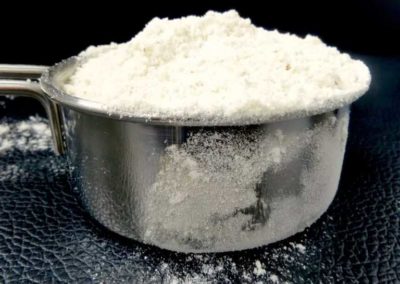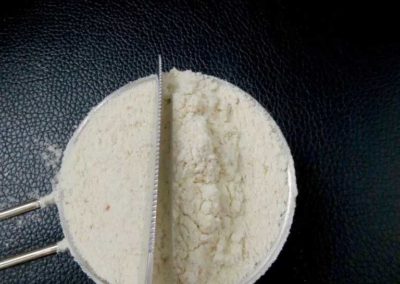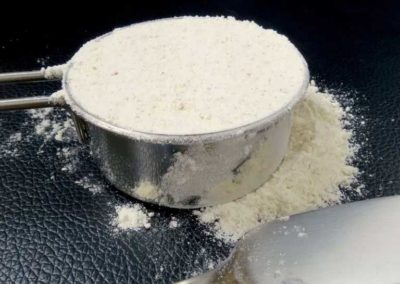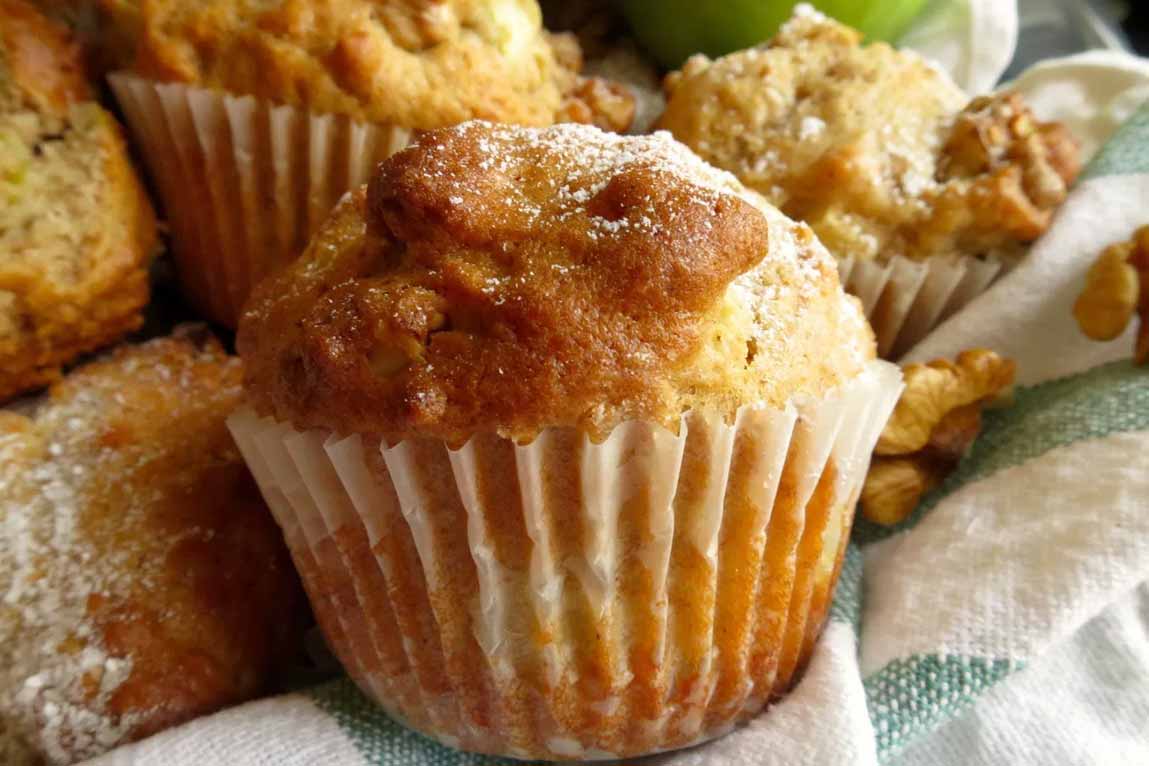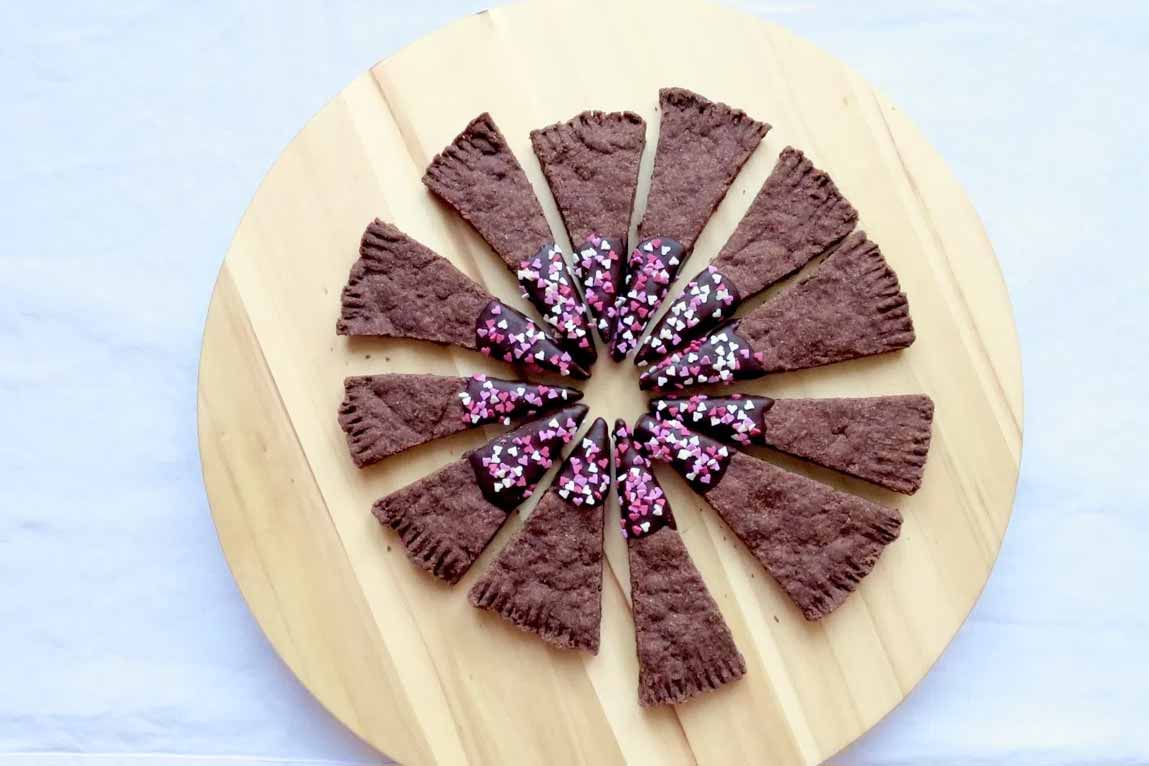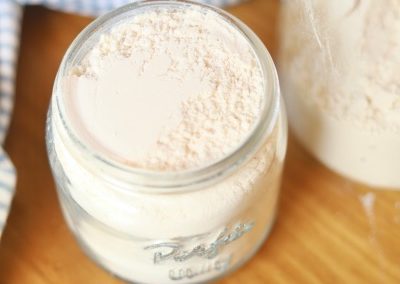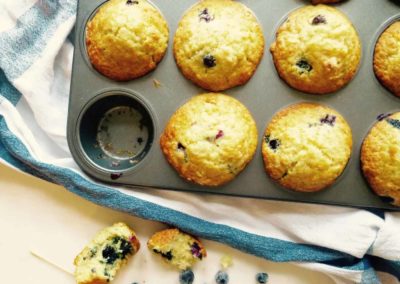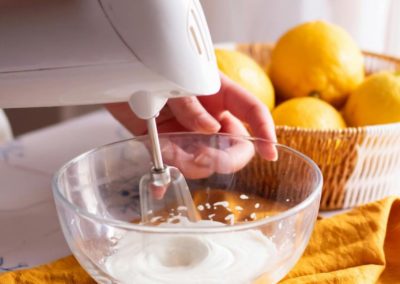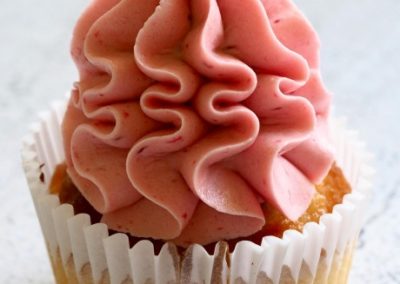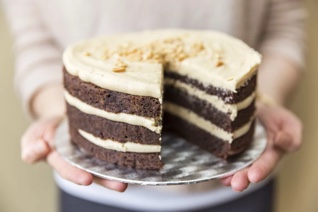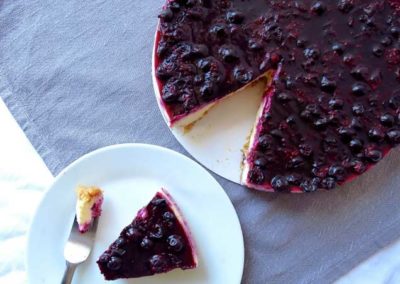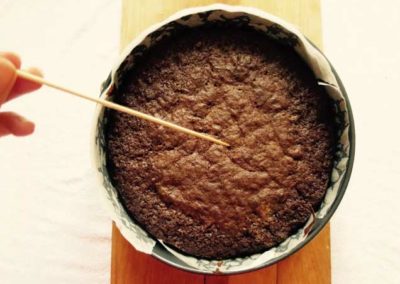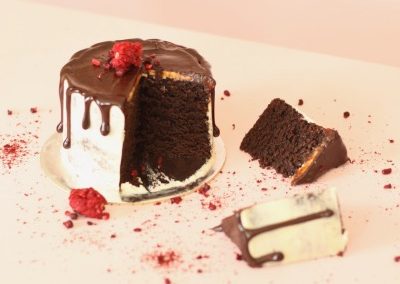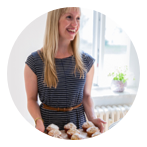
HOW TO: TIPS & TRICKS
HOW TO MEASURE INGREDIENTS THE RIGHT WAY
Everything you need to know about how to measure ingredients properly
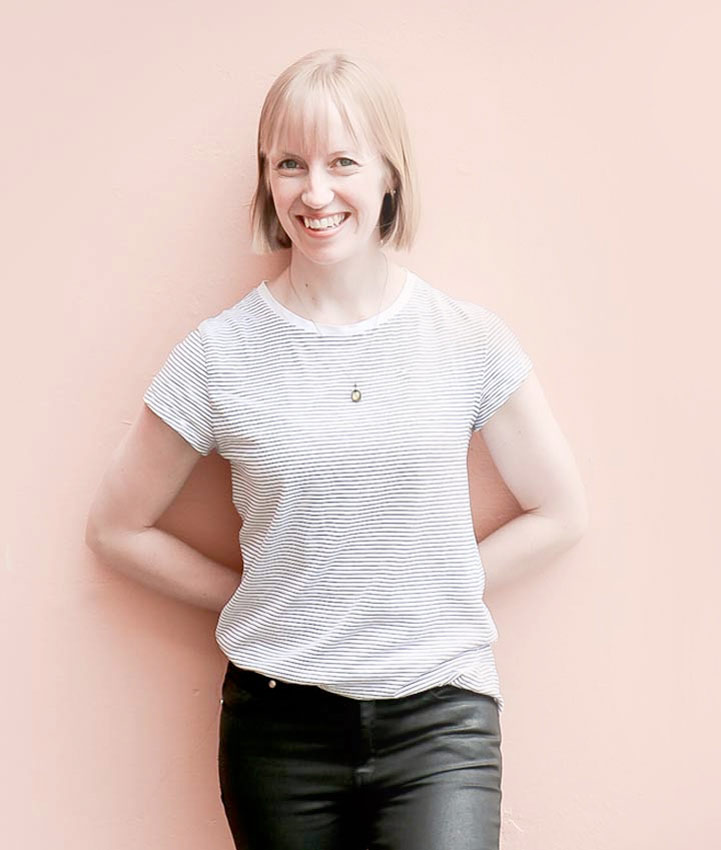
Let’s talking about precision.
Precision when measuring, precision with baking times and precision when following a recipe.
In my opinion, this is perhaps the most important baking secret of them all so listen up!
We’re going to focus on precision when measuring as there are many ways to do it, but only one or two ways which are actually useful.
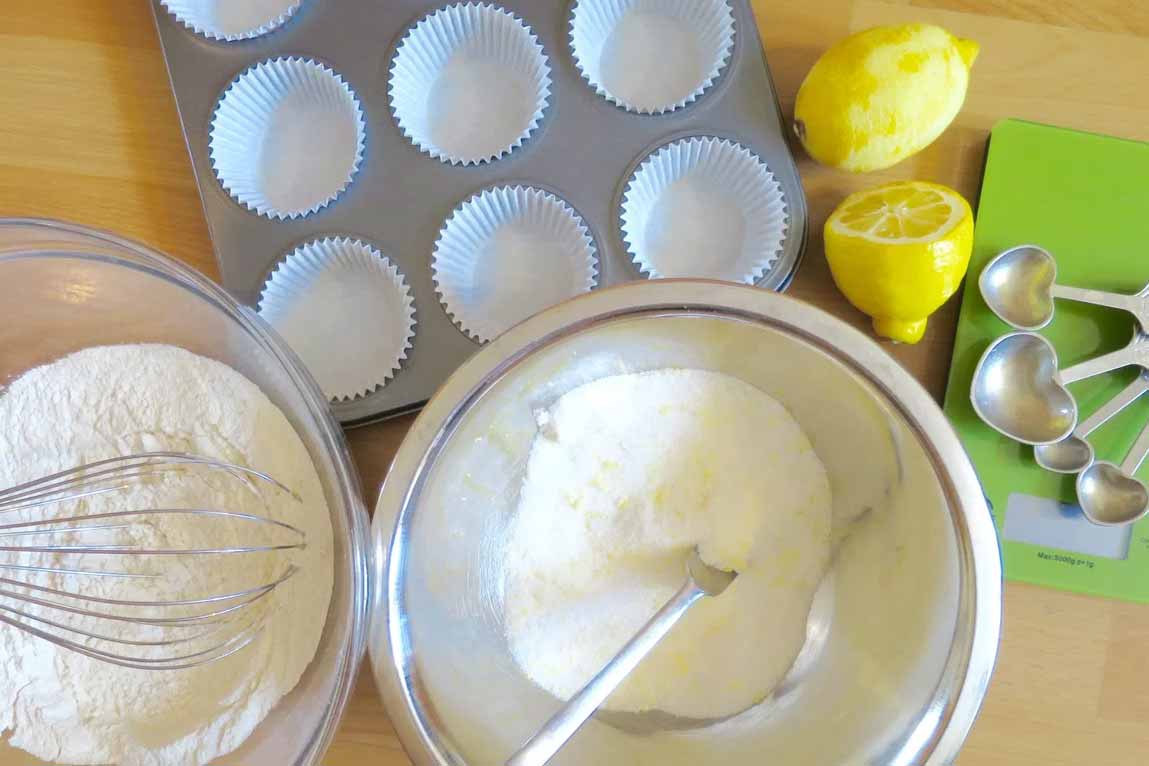
It requires particular ratios of particular ingredients in particular proportions. If we don’t get these right, we don’t have a successful baked good. So in order to get these proportions right, we need to measure them correctly. Every gram counts, no more, no less.
I used to be the kind of home baker that would simply “throw everything in a bowl and mix then bake”. Sometimes my cakes would turn out, sometimes they would not. I’ve learned over the years that if I measure precisely and follow the recipe exactly, not much can go wrong. It’s as easy as pie 🙂
Types of measuring equipment:

- Household spoons and cups (I don’t recommend using these for baking)
- Measuring spoons and cups
(Typically, you can buy measuring spoons from 1/8th to 1 tablespoon and measuring cups from 1/4 cup to 1 cup). - Scales (digital and non digital)
Types of Measuring ‘methods’:

- Scooping or spooning
This way of measuring is probably the most common form of measuring, yet the most unreliable. It involves using a household cup or measuring cup and scooping or spooning the ingredients into the cup before pouring into a mixing bowl.Problems with this method:How much is a cup? My ‘household’ cup (e.g. the cup I drink tea and coffee from) is surely going to be different in size to your household cup.
US measuring cups differ slightly to UK/European/Australian/New Zealand measuring cups sizes. Typically, US cups hold 240mls of liquid and a UK cup is 250mls. 1 cup of granulated sugar in a US cup is 200g whereas 1 UK cup of granulated sugar is 225g. This is not so reliable considering you may not know if the recipe you are using is from the UK or America. - Level off
Once you have scooped, spooned of poured dried ingredients into a cup, a knife is the scraped along the surface of the cup knife horizontally, to make a flat, even surface.Problems with this method: Similar to above – how much is a cup?Also, most people skip this step.
- Weighing
This method requires all ingredients to be measured in weight with either a digital or non-digital scale. Although some non digital scales are very pretty, digital scales (in my opinion) are the most accurate and easiest to read.
Problems with this method:Sometimes scales do not pick up small quantities e.g. 5g (1 teaspoon) of baking soda, 7g (1 teaspoon) baking powder (I usually measure small quantities like this with a leveled measuring spoon).
- To sift or not to sift before measuring:
Most recipes should state whether to sift dry ingredients into a bowl before or after measuring. If the recipe does not however and you are left in doubt, it is likely that you should sift after measuring.
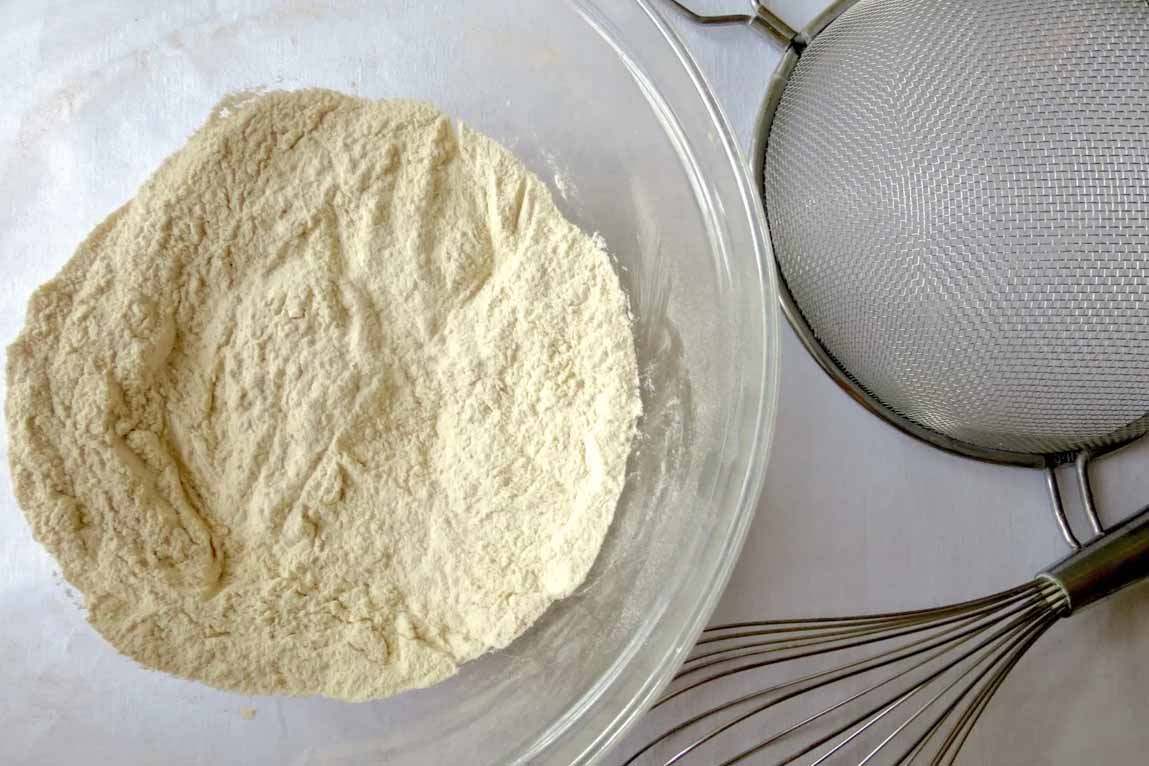
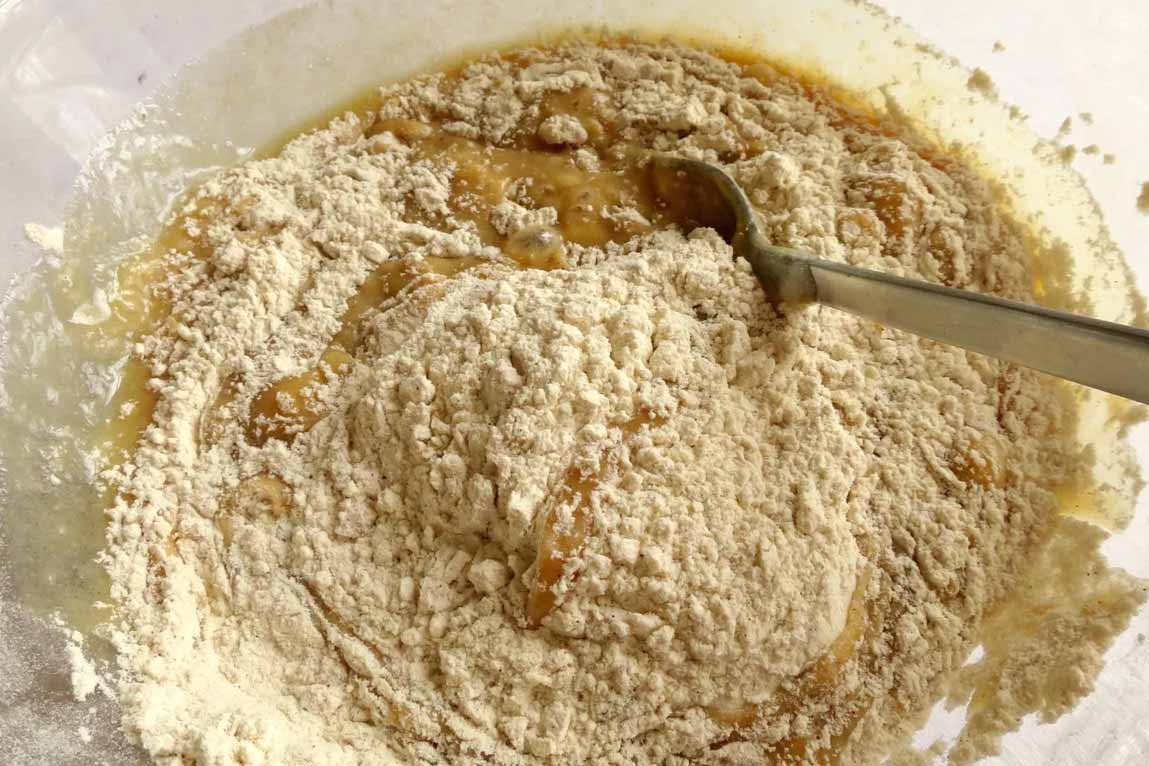
So which measuring method is best?

Perhaps a better question to ask is, which measuring method is the most precise?
My answer is measuring by weight with a digital scale.
I rarely use my measuring cups unless I’m making something that doesn’t need such strict precision (e.g. buttercream, crumble topping etc) or for semi-liquid ingredients like peanut butter, applesauce, yoghurt etc.
Using digital scales takes all the guess work out of measuring with cups like: how much should I pack the brown sugar to make 1 cup? How level is ‘level’? What size cup does the recipe call for? How does the recipe measure their cup sizes? etc., etc. They give accuracy and precision to the exact gram which is what baking requires. If you don’t own scales, I highly recommend you invest in some – they have the power to turn you into an amazing baker. Precision is the key!
All recipes on this blog give measurements in both grams and US cups to make it easy for you to weigh your ingredients to the exact amount.
For recipes you find elsewhere that do not include grams/ounces, then I recommend using this conversion calculator which I find particularly helpful.
Measuring tip:
Measuring sticky thick liquids like honey is the worst when trying to scoop it back out again. To avoid a sticky mess and easy removal, I like to lightly grease my measuring cup/glass with oil or cooking spray first.
So, what did we learn today?
- Measuring your ingredients with scales provides the most accuracy and will produce much better results. If you must, use a measuring cup and level off with a knife.
- Precision and accuracy in baking is paramount
You might also like:
YOU MIGHT BE INTERESTED IN
![]()

